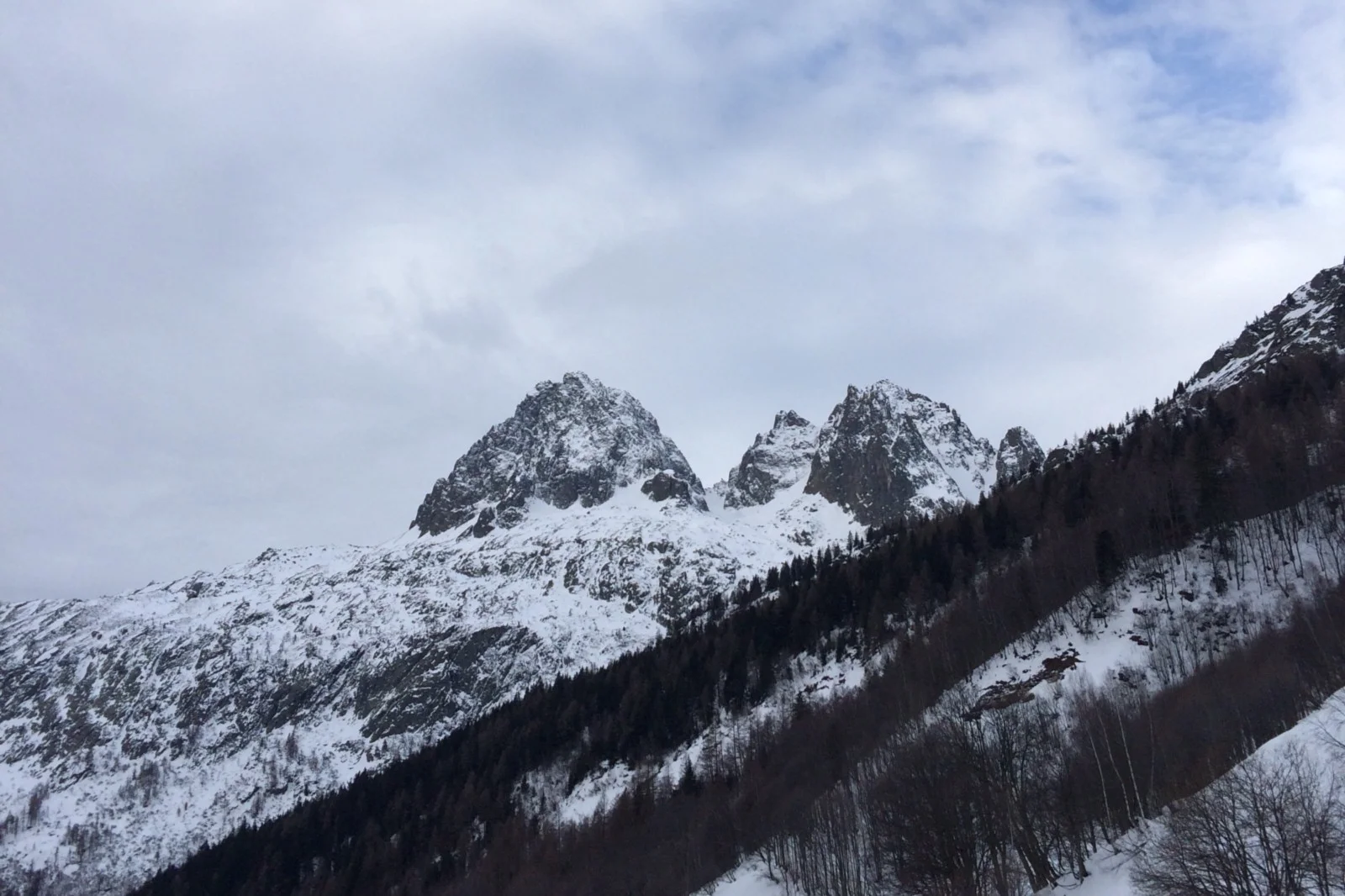A tale of two mountains
On our first day of skiing, an inch-thick crust of crumbled ice confronted us. Black tufts of grass stuck through. I stood paralyzed at the top of each minor cliff, knowing that if I started down, it would be hard to stop and painful to fall. I breathed heavily, shallowly. “I’m so afraid,” I told Erik. “Just don’t be afraid!” he would shout to me. “Turn, turn! Don’t stop! Continuous motion!” I kept stopping, exhausted by fear. What was wrong with me?
On the lift, I said, half-joking: “I think I need a ski psychologist.” Erik sounded skeptical. “There are so many parallels to my problems in life!” I continued, by way of persuasion. “I always want to be in control — I’m petrified to let go for even a second. I organize my motion around not falling, even when falling isn’t so bad. I won’t let myself have fun going fast. I want conditions to be perfect before I deign to try. Even small risks feel high-stakes. The fear here is so primal. If I can solve it in this context, maybe I can solve it everywhere.”
The next day, we woke up and went to two separate mountains. I was going to repeat the last run of the previous day over and over, to build confidence and focus on technique. We would meet after lunch to explore a mountain that Erik planned to scout that morning. But at my destination, the ground mocked me: groomed, grooved ice, hardened overnight; unmelting under the early white sky. The trail I’d planned to master wasn’t even open. Instead, I grimly made my way over solid trails that sounded like gravel under my stuttering feet. My turns improved, but there was no fun to be had.
Back at the bottom of the mountain, I got a text from Erik: the snow cover at his mountain was terrible, too, in similar ways. We decided to meet in the middle to come up with a new plan. Since our mountains sat on opposite sides of the valley, I considered it unlikely that we’d find a different microclimate somewhere in-between. But Erik did some research and discovered a small mountain within walking distance of our lunch spot, and we decided to check it out, just in case.
At the top, the difference was obvious. The snow wasn’t thick, but what was there was soft. Our skis swished instead of scraping. At the first minor cliff, I told myself “continuous motion!” and managed to stick to it, get into it, even speeding a bit at the end. “That was GREAT!” Erik called out. “I KNOW!” I shouted back.
We ended up covering the whole small mountain in an afternoon. Even the bad parts weren’t so bad. If I fell, there was still the promise of fun on the other side. Nothing about it was grim.
And then, it occurred to me that on the first day, I wasn’t the problem. I wanted to be the problem so that I could fix it, but there was nothing wrong with me. Mostly, the conditions were just bad. After all, why else had the slopes emptied out?
With comfort and alarm, I finally knew: the mountain was never about me.
Originally published on Medium

